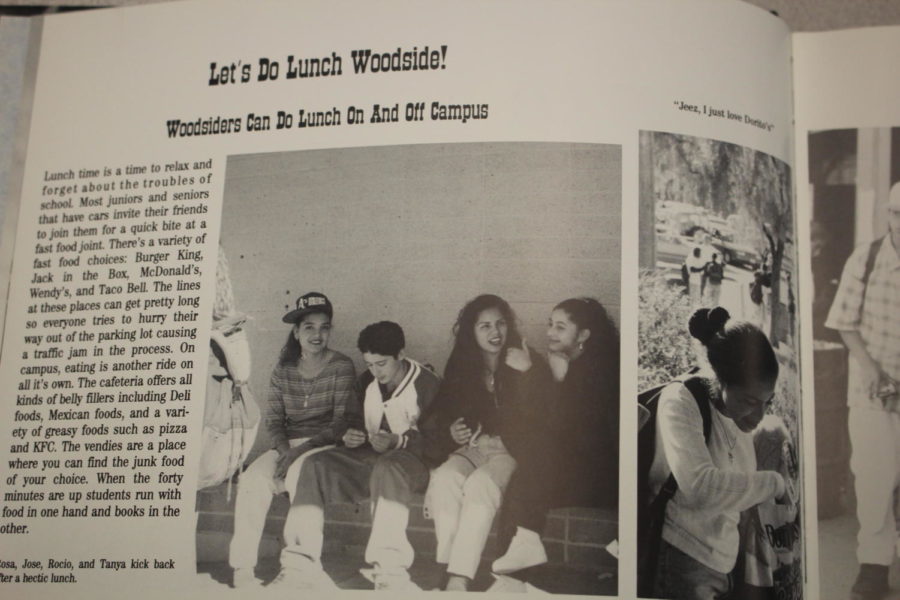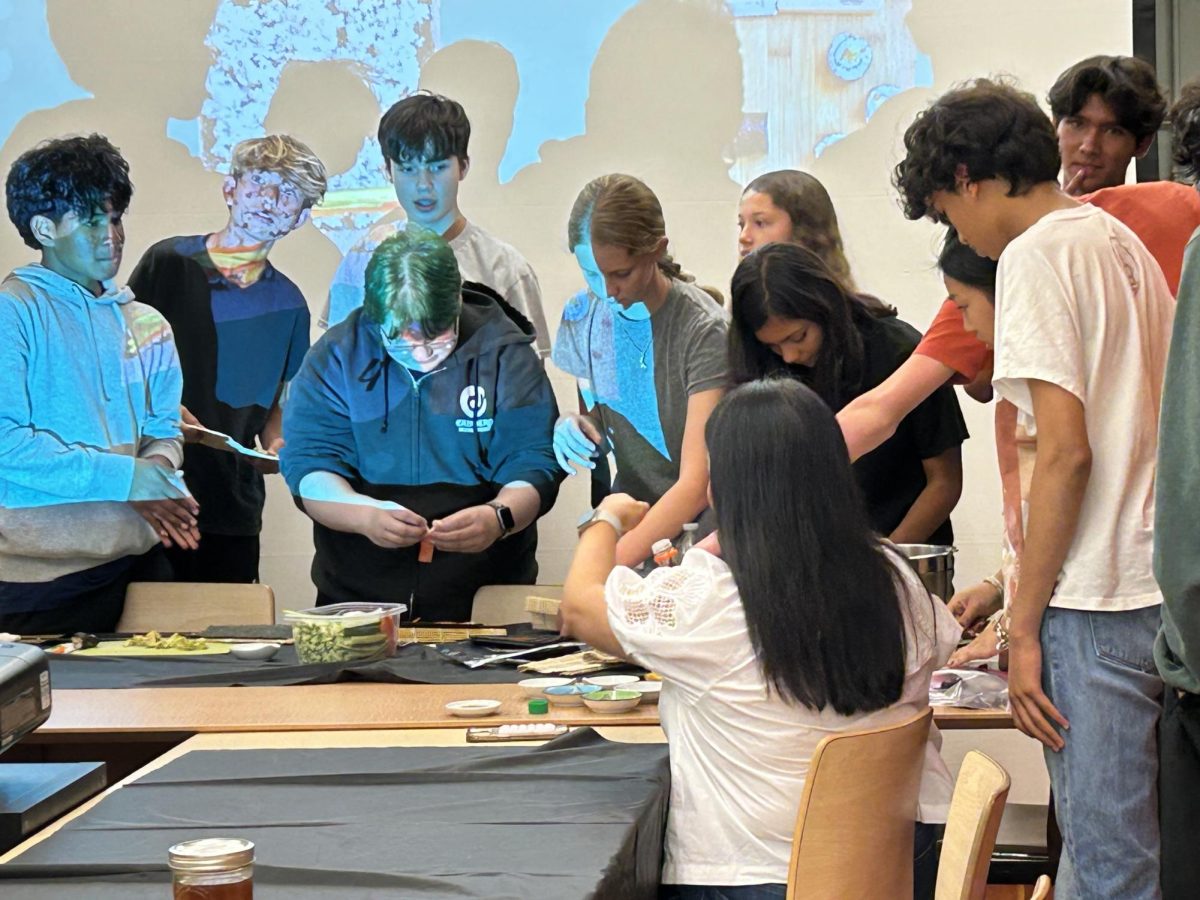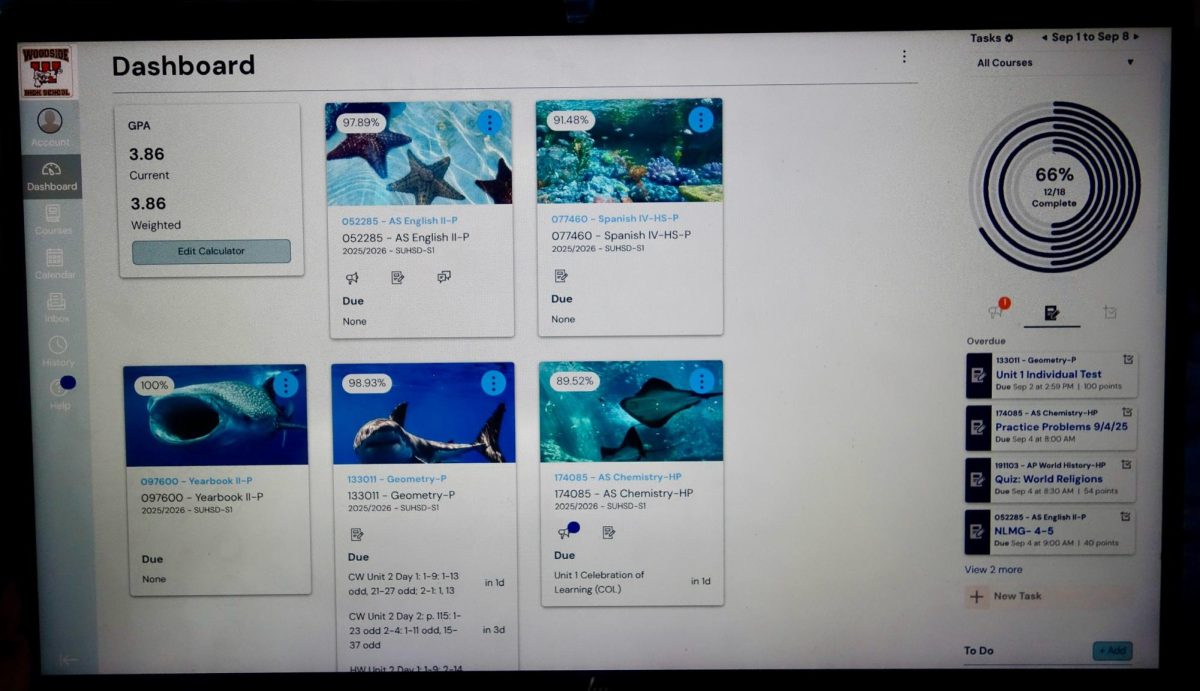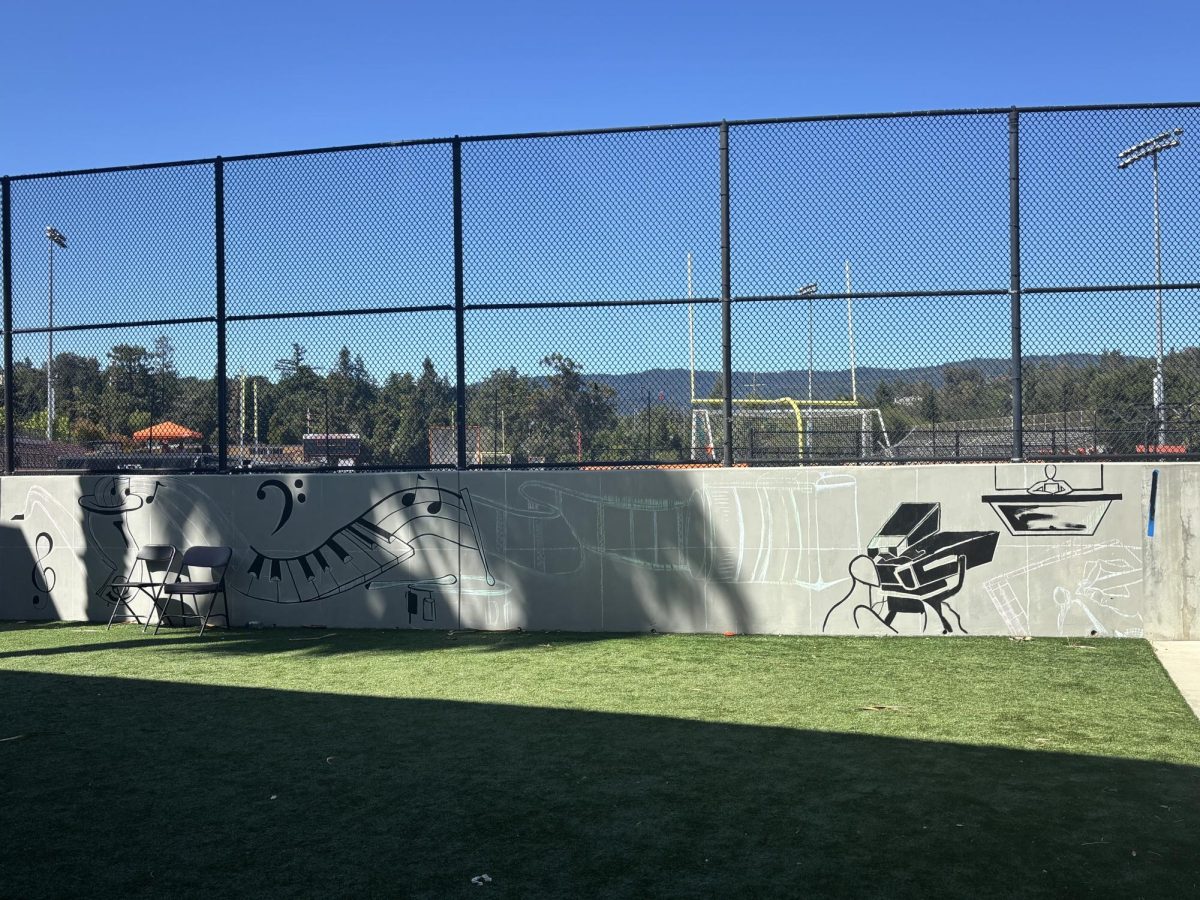Since 1996, Woodside High school has been what is called a “closed campus,” meaning that students are not permitted to leave campus or sit in their vehicles during lunch break.
With the banning of online food orders through services like Doordash, Postmates, and Uber Eats, the topic of whether Woodside should remain a closed campus is discussed more now than ever.
Under ex-principal Jerry Baker (1987-1996), Woodside remained an open campus and students were allowed to leave campus during lunch and come back to class afterwards. Due to policy district changes, students are no longer allowed to leave campus and come back afterward.
Woodside Alumnus, and current physical education teacher Laura Perdikomatis, attended Woodside High School when it was an open campus.
“The parking lot was a big party; there were a lot of students coming into class with food, a lot of tardies, and a lot of substance abuse,” Perdikomatis said. “There was no supervision so pretty much everyone who was a junior or senior would leave for lunch or do whatever they wanted.”
To high school students between the ages of 16 and 18, the idea of complete freedom in the student parking lot with friends and zero supervision on an open campus seems like a complete dream. Students aren’t the only ones who liked it.
“I know the local businesses loved it,” Perdikomatis stated. “Even at Woodside, the school newspaper would print a physical copy of the newspaper…, [where] local businesses would put in coupons and the students would take them.”
Although being an open campus has its advantages and gives students more freedom on campus, the disadvantages derived from being an open campus prove equally harmful.
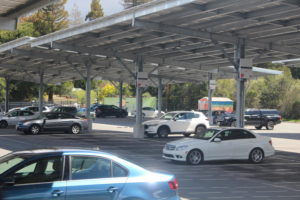
“The campus culture at lunchtime was not good; there were no clubs, no rallies, [and] nothing could really happen [successfully] because kids would just skip out on [them] and leave,” Perdikomatis said. “It was such a temptation to not come back to school and just stay out with your friends so the attendance was a lot lower.”
Being a closed campus also means that students are not allowed to sit in their cars during lunch. Not allowing students to sit in their cars is one of the larger reasons there is controversy about being a closed campus.
“I feel like [becoming an open campus] is not really that deep of an issue; maybe this is a conversation for the future,” junior Lauren Hughes said. “But it’s ridiculous [that] kids can’t go into, or eat in their cars during lunch.”
Students caught simply going to get something from their car anytime during lunch can get hefty consequences such as detentions and referrals.
“One time I left something in my car and went to get it during lunch and ended up getting detention; it’s not fair at all because I wasn’t doing anything actually wrong,” Hughes said.
Hughes isn’t the only student who’s upset.
“Sitting in your car isn’t wrong; at least if you’re leaving the campus I see an issue with that, but sitting in your car [during lunch] is just insane because it’s your car,” junior Celeste Loya said.
The car issue aside, attendance is another area of concern. For students who do not have a sixth or seventh period, they are currently allowed to leave at lunch; but this obviously does not apply to those who do have later periods.
“If students who leave [campus during lunch] choose to not come back, that’s on them; it’s the same thing as students leaving at lunch regardless, which is what some students [already] do,” junior Amritpal Singh said.
Policies regarding the closed/open campus topic vary between school districts. High School districts such as the Mountain View/Los Altos High School District (MVLA) and Palo Alto High School District are examples that do re-enforce an “open campus” policy.
“Los Altos is an open campus, but a big part of that is because Downtown Los Altos is literally down the street,” sophomore Barbara Schoenamsgruber said. “We have Woodside Plaza but it’s not really the same.”
The likelihood that Woodside will eventually become an open campus is very low. Despite student feedback and complaints, the controversy lies in District Policy; it is not something that the principal or any Woodside staff members have control over.
Being a closed campus reinforces the idea of community and a sense of belonging. It allows students to use lunch as a time to connect with others and participate in various school activities and events.
“As a student it was fun, but for many students it wasn’t; there were no clubs on campus [and] no sense of community at lunchtime,” Perdikomatis said. “Having Woodside as a closed campus just creates a better culture and better school spirit.”


